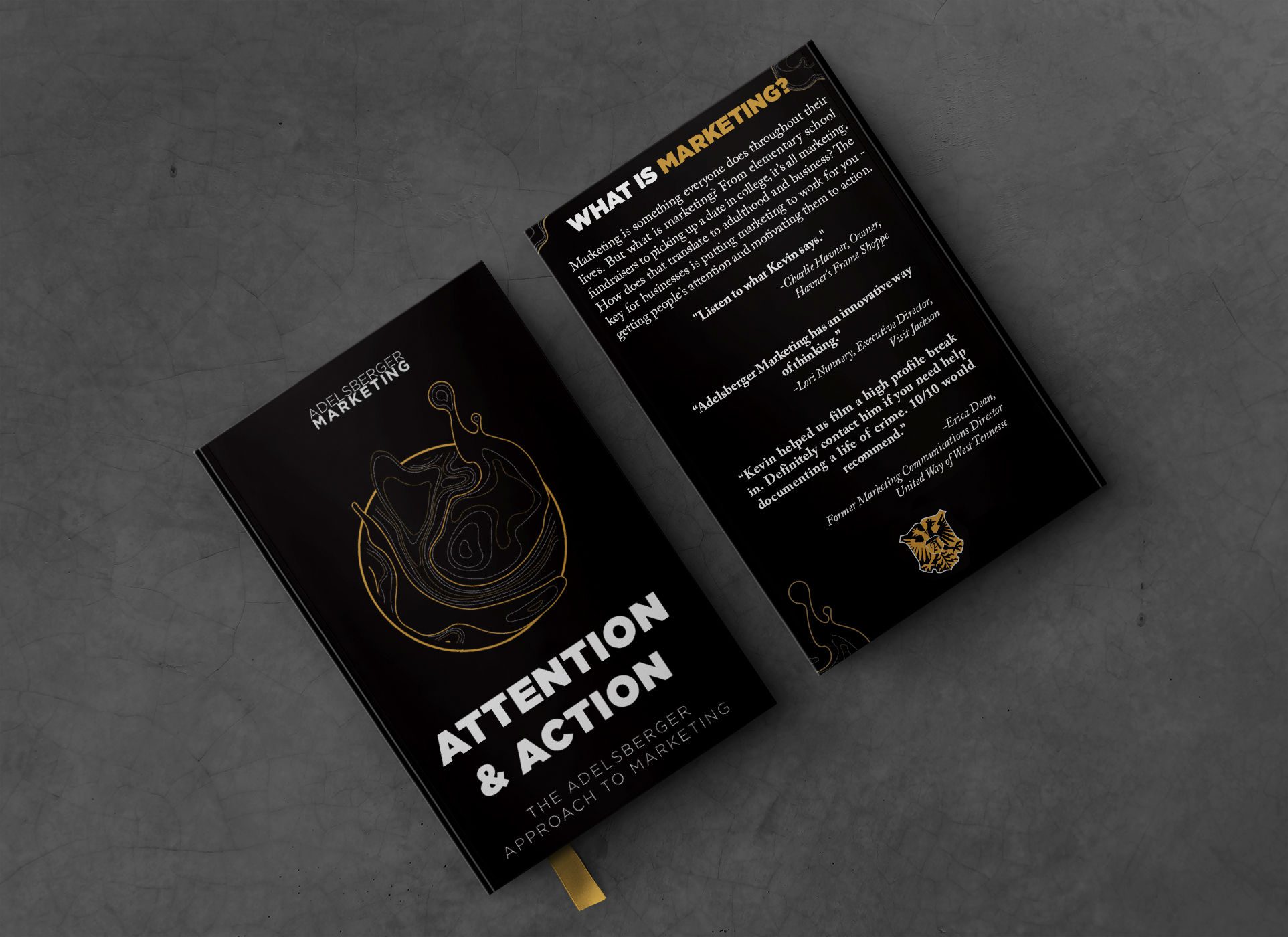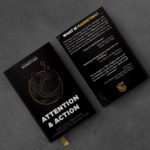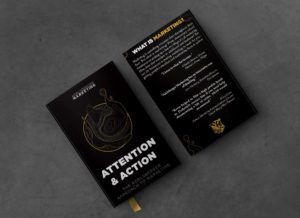
Permission-Based Marketing and Interruption Based Marketing
As so brilliantly pointed out by Seth Godin in his book, Permission Marketing, we need to understand the difference between permission and interruption based marketing.
Traditionally all marketing was interruption based. It is called an “interruption” because it breaks up the content you were intentionally looking for. You are watching tv and *boom* interruption with an ad. Driving down the road enjoying a scenic view and *boom* billboard (unless you are in South Dakota. THERE ARE BILLBOARDS EVERYWHERE IN SOUTH DAKOTA). The advertising is interrupting the experience you are having. Entire industries are based on interruption advertising. All tv, radio, and most newspapers and magazines are based on interruption advertising.
Of course, the internet is largely focused on this as well. Most digital advertising is interruption based. News websites use display advertising to generate revenue. YouTube plays preroll and midroll ads to keep your attention for its advertisers.
Certain sections in the online economy are suffering because there are also forces trying to prevent digital ads from showing on your computer. The Ad Blocking industry is huge and growing with people being willing to pay for ads to be removed from their web experience. One estimate says that up to 25.8 percent of internet users were using ad blockers in 2019 (https://www.statista.com/statistics/804008/ad-blocking-reach-usage-us/). Industries that are designed for interruption marketing are already struggling to survive in our modern world. For users to prevent a few ads hurts the news and content sources we enjoy to consume. Imagine running an ad supported business and having 25% of our audience get the content and not “pay” by blocking ads. We will increasingly see subscription only content models for things we are used to looking at for free. There will be a technological arms race to figure out how to make this viable. Before the dust is settled and some sort of equilibrium is reached, there will be many sources of great content lost to the history pages in wikipedia.
Permission marketing however is the opposite of interruption marketing. Permission marketing is called permission because the customer has given us permission to talk to them. This spans lots of media: print newsletters, emails, text messages, some forms of social media. But the key here is that with permission, we contact these customers. We can help create loyal customers for life if we work with permission marketing.
Permission marketing works with existing customers. Interruption marketing works to help bring in new customers. It takes both kinds. But if we can, we push clients to work on permission marketing first. If you are able to maximize the value of existing customers, you are setting yourself up for huge success in business.
This blog post is a portion of Attention and Action. The book walks you through the marketing process that Adelsberger Marketing follows with its clients. You can read this book for free as a blog on the Adelsberger Marketing website or purchase on Amazon.com


